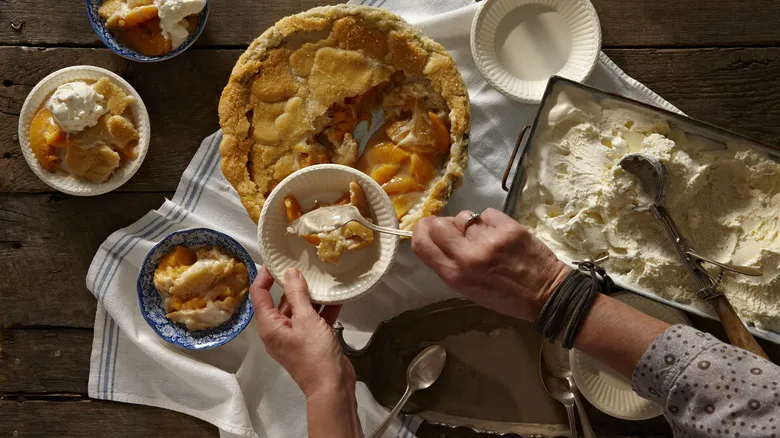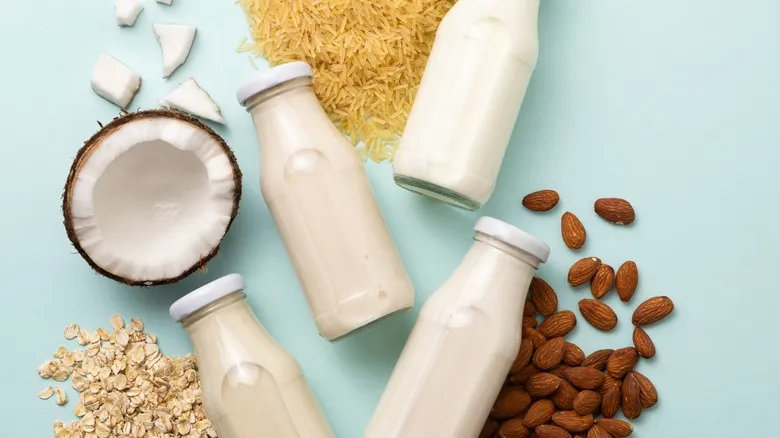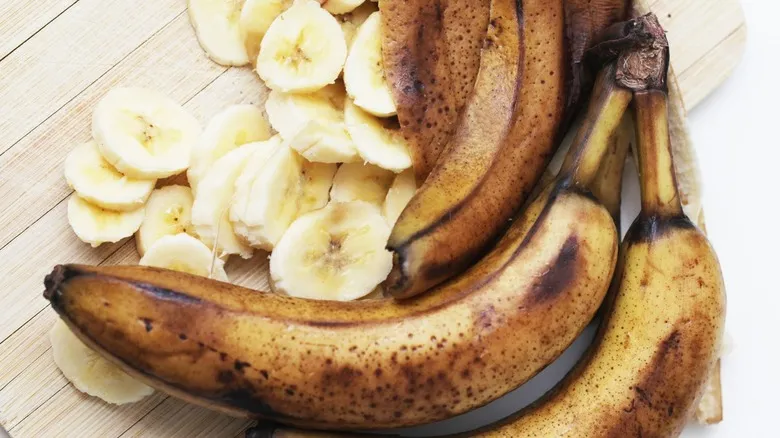Performing the cold water test

As you cook the sugar, its molecules break apart and then rearrange into new structures that become visible as the sugar cools. This is where the water test comes into play. The sugar goes through seven distinct stages as it heats up. By using a spoon, you can drop a small amount of the hot sugar syrup into a cold water bath every three to five minutes to determine its current stage.
During the thread stage (223 to 235 degrees Fahrenheit), the sugar forms thin, flexible threads that are ideal for candying bacon or fruit. In the soft ball stage (235 to 245 degrees Fahrenheit), the sugar creates a soft ball that quickly deflates. In contrast, the firm ball stage (245 to 250 degrees Fahrenheit) produces a sugar ball that retains its shape but can be easily squished between your fingers. Shortly after, it reaches the hard ball stage (250 to 266 degrees Fahrenheit), where the sugar has some flexibility but maintains its form. Next is the soft crack stage (270 to 290 degrees Fahrenheit), where the sugar forms thick, strong, and flexible threads that hold together well. The hard crack stage (300 to 310 degrees Fahrenheit) is similar, but the threads become hard and brittle, making them susceptible to breaking. The final stage is the caramel stage (320 to 350 degrees Fahrenheit), where the sugar transforms into a beautiful amber-brown color and emits a rich, buttery aroma, making it perfect for homemade ice cream.
Recommended

The Reason Peach Pie Was Made The Official State Dessert Of Delaware

How To Pick The Best Plant-Based Milk For Baking

For Simple Homemade Desserts, Krusteaz New Batters Take The Cake

The Science Behind Why Overripe Bananas Taste Better In Banana Bread
Next up

